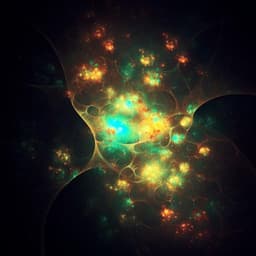
Chemistry
Glass transition temperature prediction of disordered molecular solids
K. Lin, L. Paterson, et al.
Unlock the secrets to stable electronic devices with groundbreaking research from Kun-Han Lin, Leanne Paterson, Falk May, and Denis Andrienko. This study introduces a revolutionary computational methodology for predicting the glass transition temperature of organic semiconductors, achieving remarkable accuracy with a mean absolute error of only ~20°C.
~3 min • Beginner • English
Related Publications
Explore these studies to deepen your understanding of the subject.







